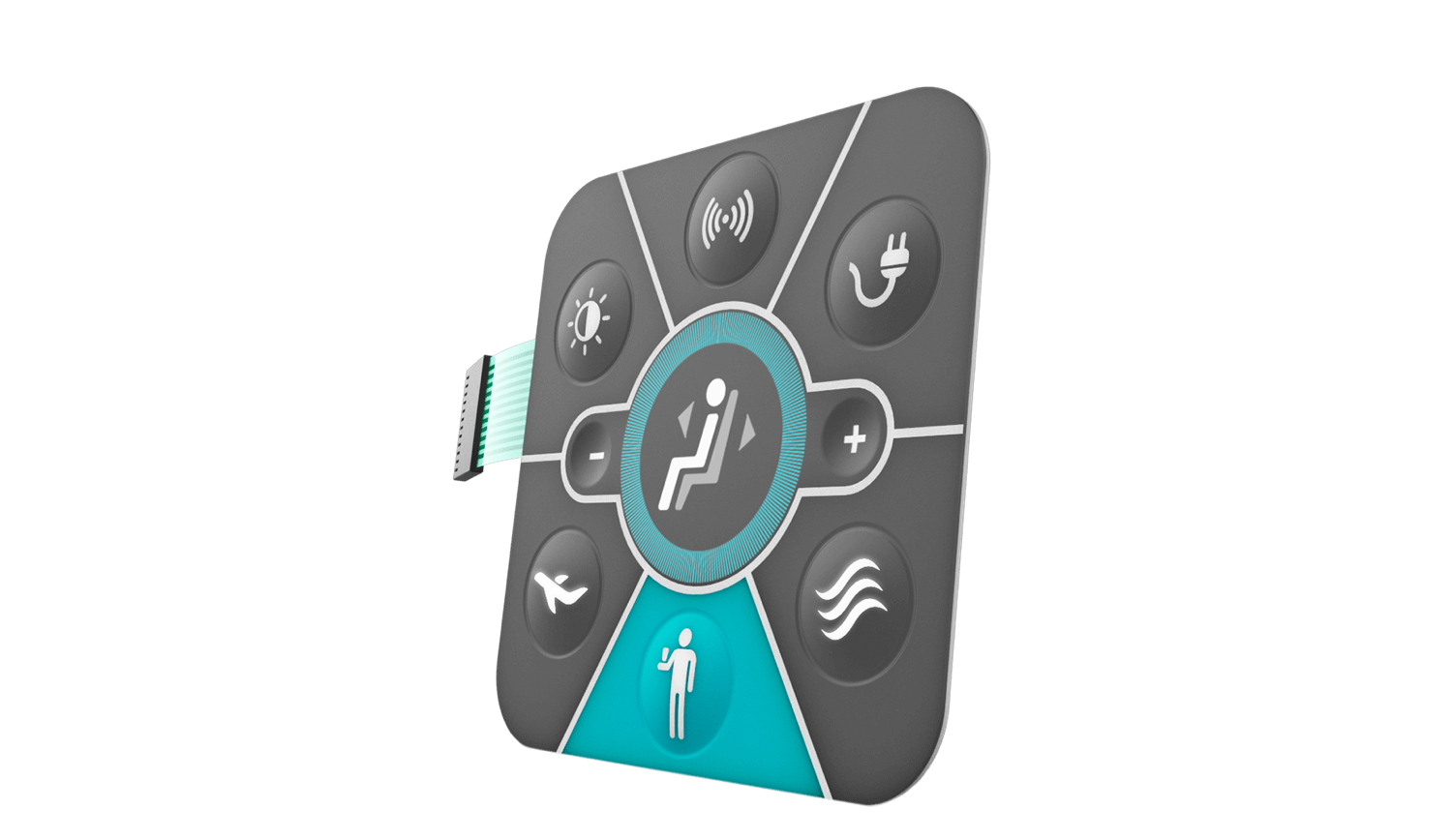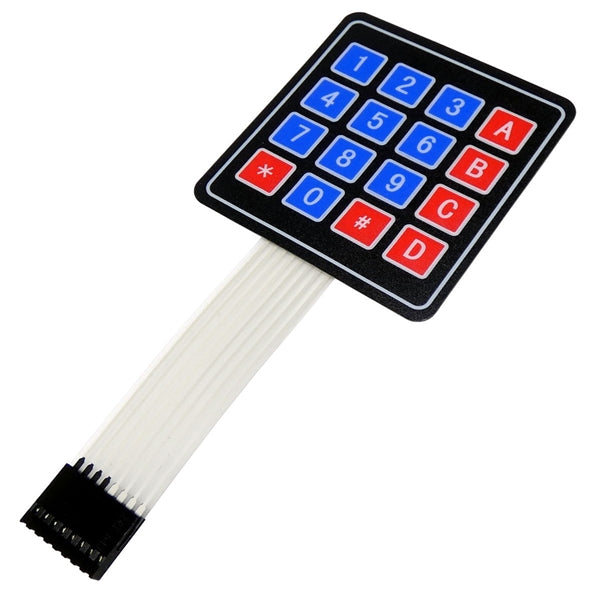Comprehending Membrane Switches: The Secret to Resilient and Dependable Controls

What Are Membrane Buttons?
Membrane buttons are a sophisticated solution in the world of interface technology, combining capability and layout seamlessly. These tools offer as a user interface between individuals and digital systems, integrating numerous elements into a compact style. Commonly built from adaptable, slim layers of materials, membrane layer switches are designed to react to touch, allowing individuals to connect with machinery and digital devices efficiently.
The main elements of a membrane button consist of a published circuit layer, visuals overlay, and a spacer layer that avoids unexpected activation. The graphic overlay can be customized to show brand name identification or user choices, boosting looks while guaranteeing usability. Membrane layer switches are commonly utilized in various applications, consisting of clinical tools, consumer electronics, and commercial devices, owing to their durability and resistance to ecological factors such as dampness and dirt.
One of the essential benefits of membrane layer buttons is their ability to stand up to damage, making them excellent for high-traffic atmospheres. Furthermore, they are light-weight and require very little space, allowing for innovative styles in product advancement. Generally, membrane layer switches represent a functional and reliable option for modern electronic interfaces, weding technology with user-centric design principles.
Exactly How Membrane Layer Changes Job
The operation of membrane changes depend upon a straightforward yet efficient mechanism that equates customer input right into digital signals. These switches include several layers, typically consisting of a graphic overlay, a spacer layer, and a circuit layer. When a user presses the switch, the leading layer deforms, enabling a conductive element in the circuit layer to reach a corresponding conductive pad on the underside of the visuals overlay. This call shuts the circuit and sends out an electronic signal to the device, suggesting that the switch has been turned on.
The design of membrane switches can vary, however they commonly include domes or tactile components to give responses to the user, improving the overall experience - membrane switch. The materials utilized in membrane buttons, such as polyester or polycarbonate, add to their durability and resistance to ecological factors, consisting of wetness and dust. The published circuits are commonly enveloped, which secures them from wear and tear over time.
Benefits of Membrane Buttons

In addition, membrane layer buttons are recognized for their sturdiness. Built from robust products, they are immune to dirt, dampness, and physical wear, which substantially prolongs their life-span compared to standard mechanical switches. This durability makes them particularly ideal for high-traffic settings and applications calling for long life.
One more significant advantage is the simplicity of cleaning and maintenance. The smooth surface area of membrane switches lessens dust accumulation and is often invulnerable to spills, making them excellent for setups that call for constant sanitization.
In addition, membrane layer buttons provide a streamlined profile, resulting in a thinner layout that can be incorporated into numerous devices without adding bulk. This feature not just improves the aesthetic charm yet likewise adds to an extra ergonomic product design.
Applications of Membrane Layer Buttons
User-friendly and versatile, membrane layer switches find applications throughout a wide variety of sectors, consisting of clinical gadgets, customer Click Here electronics, and industrial tools. In the medical field, these switches are important to tools such as analysis tools, patient surveillance systems, and infusion pumps, where dependability and convenience of cleansing are vital. Their ability to stand up to harsh atmospheres and keep functionality makes them suitable for such applications.

In consumer electronic devices, membrane buttons are utilized in products like microwaves, cleaning equipments, and remotes - membrane switch. Their smooth style enables intuitive user interfaces, improving the general user experience while supplying sturdiness and resistance to tear and wear
Industrial devices additionally gains from membrane buttons, especially in control panels for equipment and automation systems. These switches use protection versus dirt and wetness, ensuring constant why not try this out efficiency in challenging environments. Their customizable attributes allow manufacturers to tailor them to specific operational demands, enhancing performance and performance.
Picking the Right Membrane Switch Over
When selecting a membrane layer button, it is important to think about different factors that influence efficiency and suitability for details applications. The primary considerations consist of environmental problems, tactile responses, durability, and layout specifications.
First, analyze the operating setting; buttons subjected to dampness, chemicals, or severe temperatures call for particular products to ensure longevity and performance. Next, examine the requirement for tactile comments. Depending upon customer interaction, some applications may take advantage of a tactile feedback to validate activation, while others may prefer a non-tactile style for visual reasons.
Toughness is one more critical aspect; membrane buttons must be designed to endure frequent usage, impacts, and abrasion. Ensure the picked switch can sustain the anticipated lifecycle, particularly in high-usage situations.

Final Thought
In final thought, membrane layer switches over serve as essential parts in the layout of trusted and long lasting control systems throughout numerous sectors. The flexibility of membrane switches allows for customized services that satisfy specific functional requirements, reinforcing their value in modern innovation.
Membrane layer switches over represent a vital element of modern interface layout, mixing capability with strength in different applications.Membrane layer buttons are an advanced solution in the realm of user interface modern technology, integrating capability and design perfectly. Generally constructed from versatile, thin layers of products, membrane layer switches are created to react to touch, making it possible for read what he said users to connect with machinery and digital tools effectively.
The style of membrane layer buttons can differ, but they often integrate domes or responsive components to supply feedback to the user, enhancing the total experience.In final thought, membrane switches serve as vital parts in the style of long lasting and dependable control systems throughout different sectors.